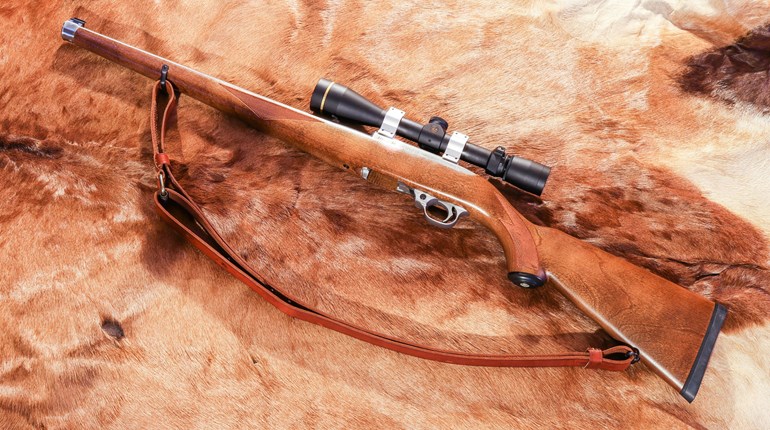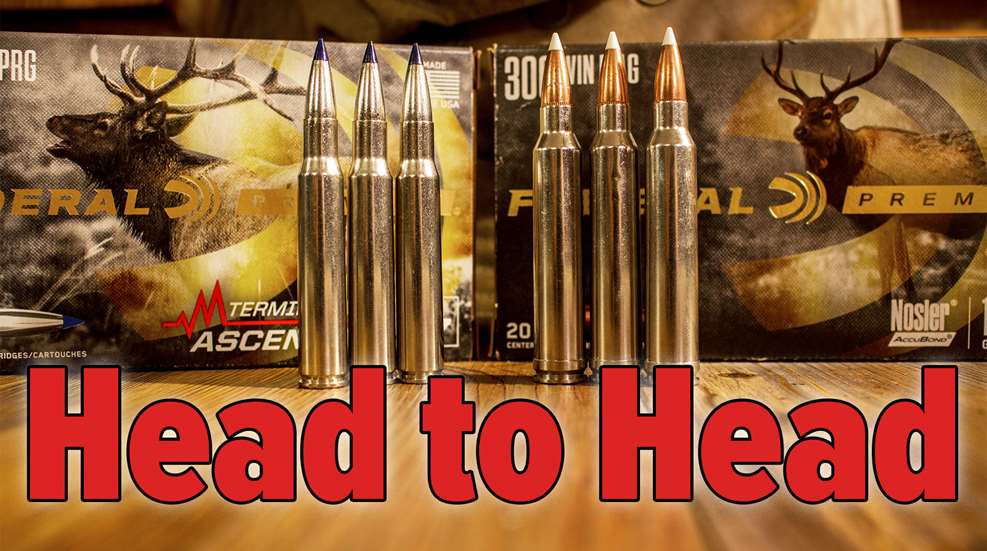
I was lying in the wet Scottish heather, on the edge of small mound that my guide – the inestimable Ronnie Hepburn – called a ‘bump’ is his wonderful Scottish accent. “He’s facing us, the dark stag that’s been rolling in the peat. Shoot him when you can!” The crosshair settled on the center of the stag’s chest, and the trigger of the Rigby Highland Stalker broke cleanly, sending a 165-grain Hornady InterLock 215 yards away and deep into the stag’s vitals. The .30-06 Springfield accounted for yet another head of game, taken cleanly in an idyllic setting.
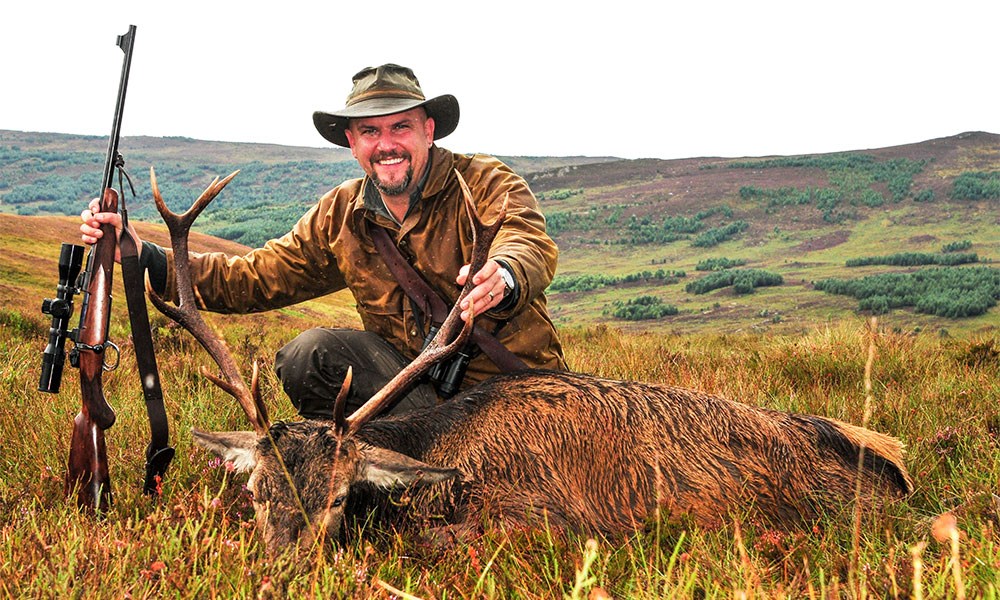
Eighteen months later, in picturesque West Texas, I’d have a handsome aoudad in the crosshairs of my .300 Winchester Magnum, and he’d quickly fall to a 180-grain Norma BondStrike bullet from my well-travelled Winchester Model 70 Classic Stainless rifle. These African beauties—more closely related to goats, though they are also called Barbary sheep—have a reputation for soaking up lead, but the .300 did the job well.
Perhaps coincidentally, I have recently been asked by several prospective rifles purchasers about the difference in field performance between these two classic cartridges, so I figured it’d be a good idea to cover the two here. After all, the .30-caliber bore diameter is as American as apple pie, and these two cartridges rank among the most popular within that caliber. Which one makes the best choice for the elusive “all-around” hunting cartridge?
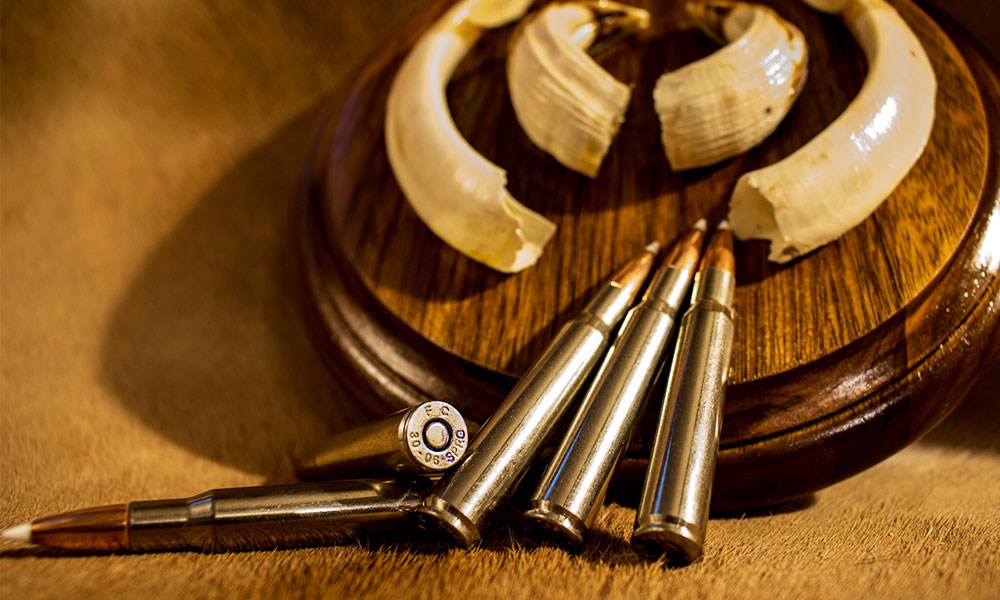
The .30-06 Springfield has long been the benchmark cartridge in the hunting fields, offering a range of bullet weights suitable for the full range of North American big game animals, and the greater majority of the world’s huntable species. Born and bred for war, the ought-six is a revision of the .30-03 Springfield, which was a rimless amalgam of the Mauser cartridges and the projectiles of the .30-40 Krag. Our Springfield was the tool in American soldier’s hands in both World Wars, and would go on to become incredibly popular with sportsmen and women around the globe. It has enough oomph to handle moose, elk and bears, yet shoots flat enough to be a wise choice for the sheep hunter and those who pursue the species which inhabit the plains and open country, like Coues deer, pronghorn antelope and mule deer.
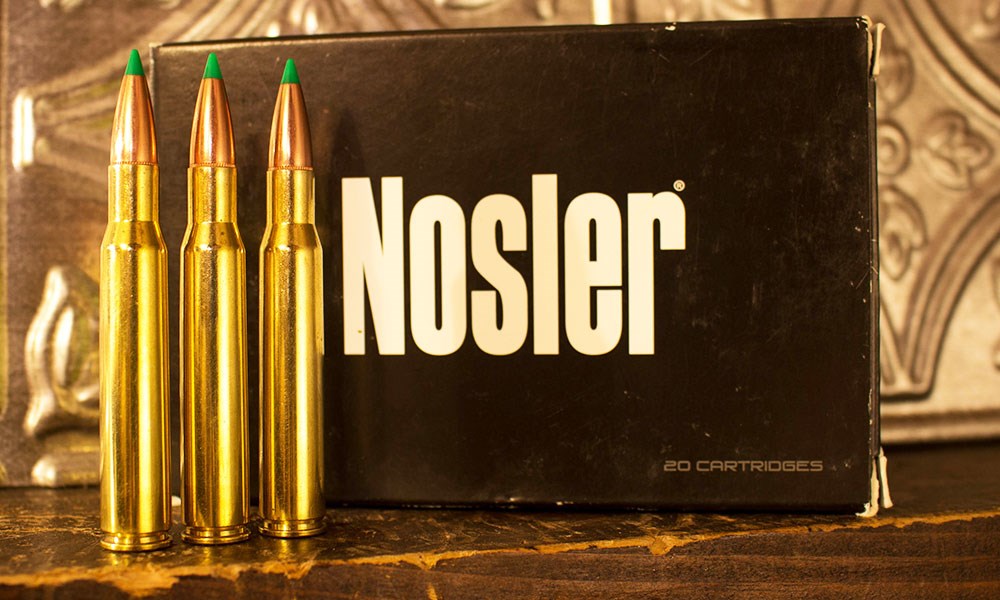
With a case measuring 2.494 inches and an overall length of 3.34 inches, the .30-06 would be the cartridge which would define a long-action receiver. It is rimless, headspacing off of the 17½ degree shoulder, and is suitable for nearly any action imaginable. The beauty of the ’06 is that it kills effectively, without punishing the shooter’s shoulder. Driving a 180-grain bullet—a popular all-around choice—to a muzzle velocity of 2700 fps, for just over 2,900 ft.-lbs., the Springfield speaks with authority, especially with modern premium projectiles. Ammunition choices are abundant, and component bullet choices are equally impressive. The lighter bullets – the 125- to 150-grain choices –are perfectly suited to lighter game, and the 200- and 220-grain slugs perform better than their paper ballistics would indicate. There really isn’t much to be unhappy about; the ’06 is wonderfully, boringly reliable.
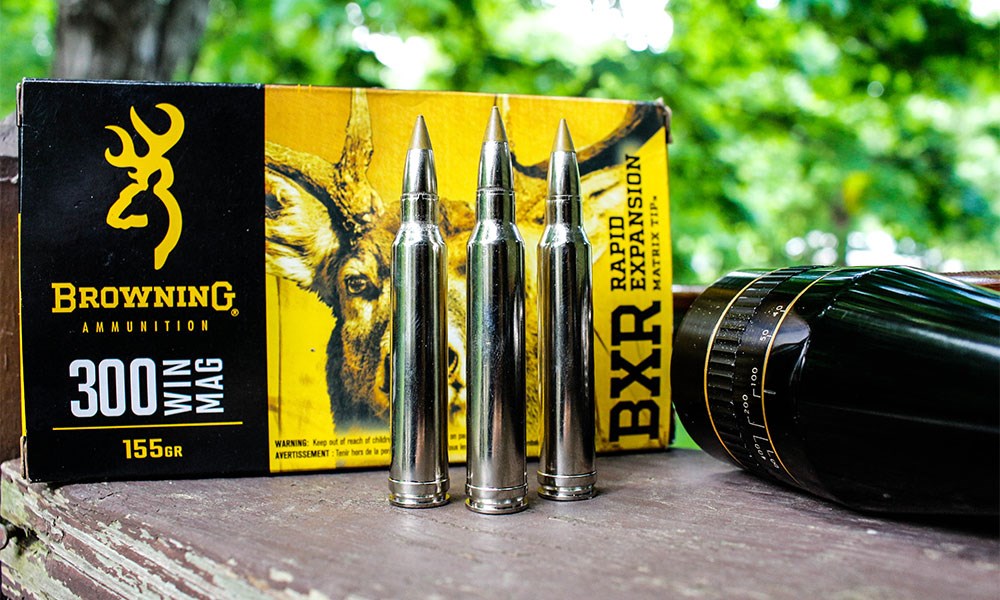
Improving the Springfield ballistics has been a mission for nearly a century, and 1925 saw the release of the .300 Holland & Holland Magnum, giving muzzle velocities between 150 and 200 fps higher than the older cartridge. Though the .300 H&H was a British design, Americans would quickly become enamored with speed, and magnum-mania would take root, especially as slower-burning powders were developed. The .300 Holland has a case length of 2.85 inches and an overall length of 3.600 inches, requiring a magnum-length action. Winchester released a trio of cartridges in the 1950s, all based on the H&H case shortened to 2.500 inches; the .458 Winchester Magnum, the .338 Winchester Magnum and the .264 Winchester Magnum checked an awful lot of boxes in the hunting market. Norma offered the .308 Norma Magnum in 1960—a logical development in the style of the Winchester trio—but Winchester wasn't going to miss out on their own .30-caliber variant. 1963 saw the release of the .300 Winchester Magnum, a design which elongated the case to 2.62 inches while maintaining the 3.34-inch overall length. With a 25-degree shoulder and a short neck (measuring just 0.264 inches), the .300 Winnie has enough case capacity for a significant increase over the .30-06. Where the Springfield pushes a 180-grain bullet to 2700 fps, the .300 Winchester will drive the same bullet to 2960 fps, though that velocity comes at the price of additional recoil. While slightly less popular than the Springfield, there are a whole bunch of ammunition/bullet choices for the owner of a .300 Winchester.
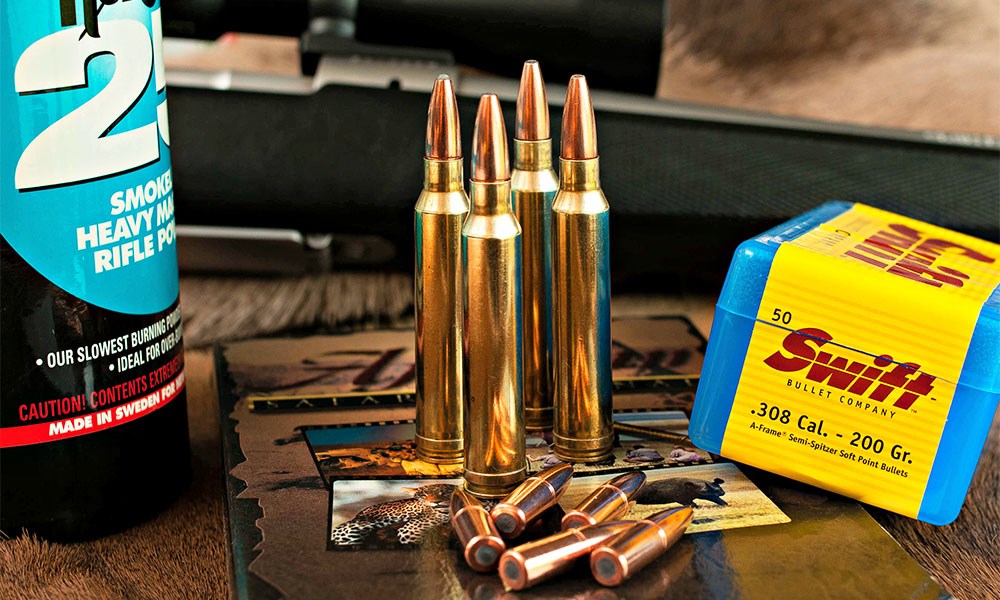
Like all belted cases, the .300 Winchester Magnum will headspace off the belt at the base of the case, though for years handloaders have been manipulating the cartridge dimensions to have the shoulder handle that, with an increase in both case life and accuracy. And the .300 Winchester is wonderfully accurate, and has been the choice of many military snipers.
So which better serves the hunter? This is a tough call, as I have a very healthy respect for both. Being completely honest, I've used a .30-06 on many hunts, and I've loaded thousands of rounds for others, but I’ve never had a .30-06 of my own. I used a .308 Winchester exclusively for years, and my first .300 Winchester came as a gift for my 30th birthday; it would spark a long and healthy relationship with the belted cartridge, and it would accompany me on hunts across North America and Africa. The .300 Winchester has always done what I've asked of it, and I cannot foresee my gun safe without a .300 in it. That said, looking at the universal appeal of the .30-06 Springfield, I must admit that it remains one of the most perfect cartridges ever designed.
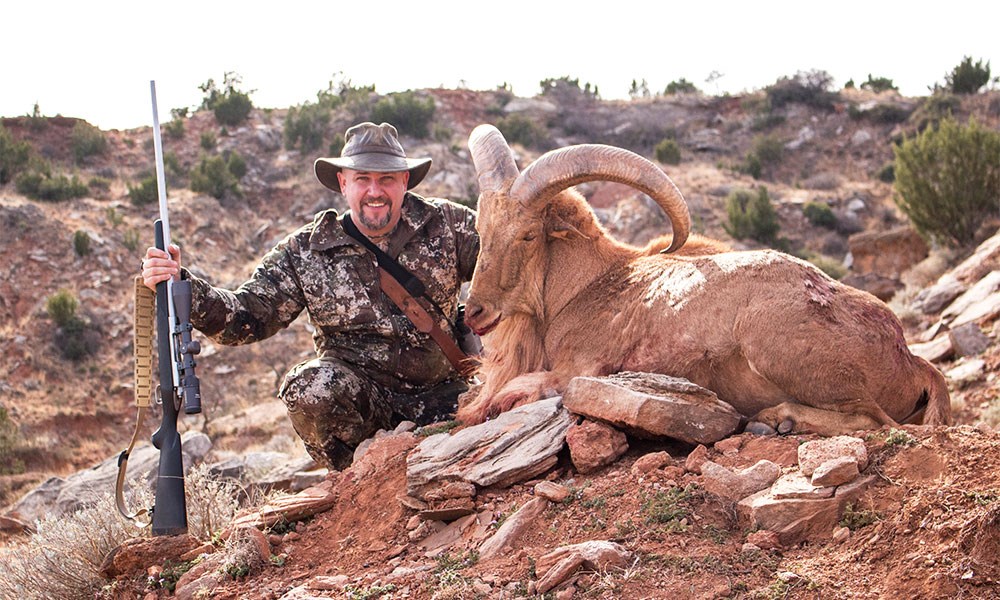
It might not have the look of reach, as the .300 Winchester does, but the .30-06 is fully capable of handling sane hunting distances. It doesn’t have the energy figures of the .300, but is does have enough to get the job done. While I've used the .300 Winchester in many different scenarios, I can’t think of a particular shot in my hunting career which I made with a .300 that couldn’t have been handled with a .30-06. And for the bigger species like Alaskan brown bear and bison—where the heavier bullets might be required in either cartridge—I honestly prefer a larger bore than .30-caliber, so to my mind it becomes a moot point.
I fell in love with the .300 Winchester for its accuracy; every .300 I've owned has been seriously accurate. But the .30-06 was, is and shall be an exceptionally accurate cartridge; in the years before ‘Creedmoor’ crossed every shooter’s lips, the .30-06 was a sound choice for 1,000-yard targets. Looking at 400-yard trajectories (and that is about as far as I’m comfortable shooting at unwounded game) and a 200-yard zero, the .30-06 needs 23.5 inches of elevation adjustment, while the .300 Winchester needs 19 inches; that’s not a huge gap, considering both will require holdover.
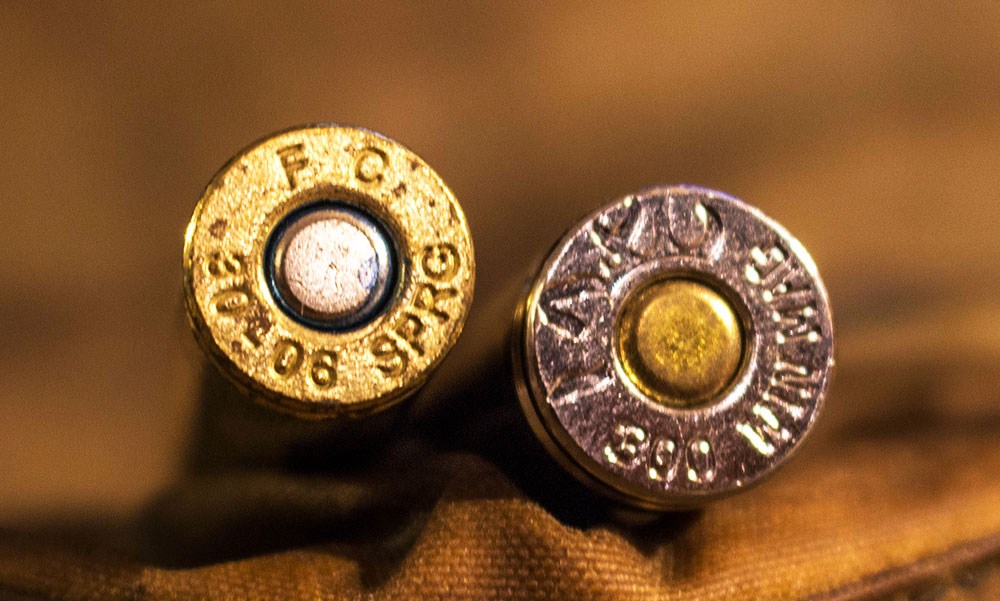
I have to give the edge to the .30-06, but only by a nose. Were I to need a rifle on any hunt suited to a .30-caliber cartridge, I wouldn’t be sad if you shoved either of them in my hands. But the .30-06 is easier to shoot—especially for the recoil sensitive—and still offers what may be the quintessential balance of manageable recoil, flat trajectory and striking power. Some view the Springfield as vanilla, boring and washed up, yet nothing could be further from the truth. One hundred fifteen years after its release, it remains a fantastic cartridge, only made better by modern powders and projectiles. If you enjoy the magnums, as I do, there is absolutely nothing wrong with choosing a .300 Winchester, but for the vast majority of hunting situations, the good old ought-six still gets the job done well.
Looking for previous installments of our "Head to Head" series? We've got you covered.
• .300 Wby. Mag. vs. 8mm Rem. Mag.
• 7mm Remington Magnum vs. 27 Nosler
• .257 Roberts vs. .25-06 Remington
• .300 H&H Magnum vs. .300 Winchester Magnum
• .308 Winchester vs. .338 Federal
• .222 Remington vs. .223 Remington
• .270 WSM vs. 7mm Rem. Mag.
• .22-250 Remington vs. .204 Ruger
• .25-06 Remington vs. 6.5 Creedmoor
• .444 Marlin vs. .45-70 Government
• 7x57mm Mauser vs. .280 Remington
• .300 Win. Mag. vs. .300 Wby. Mag.
• .375 Ruger vs. .375 H&H Magnum
• 7mm-08 Remington vs. .280 Remington
• .280 Remington vs. .280 Ackley Improved
• 7mm vs. .30 Caliber
• 6.5 Weatherby RPM vs. 6.5 PRC
• .338 Win. Mag. vs. .340 Wby. Mag.
• .300 RSAUM vs. .300 WSM
• .500 Jeffrey vs. .505 Gibbs
• 7mm RUM vs. .300 RUM
• .308 Winchester vs. 7mm-08 Remington
• 6.5 Creedmoor vs. .260 Remington
• .303 British vs. 8x57 Mauser
• .30-06 Springfield vs. All Other .30s
• .17 HMR vs. .17 WSM
• .450 Nitro Express vs. .470 Nitro Express
• 350 Legend vs. .35 Remington
• .280 Ackley Improved vs. 7mm Rem. Mag.
• .404 Jeffery vs. .416 Rigby
• .243 Winchester vs. 6mm Creedmoor
• .300 PRC vs. .300 Win. Mag.
• .30-06 Springfield vs. .270 Winchester
• 6.5 Creedmoor vs. 7mm-08 Remington
• 8x57 Mauser vs. .318 Westley Richards
• .358 Winchester vs. .350 Remington Magnum
• .22-250 Remington vs. .220 Swift
• .270 Winchester vs. .270 WSM
• .26 Nosler vs. 6.5-300 Weatherby Magnum
• .458 Win. Mag. vs. .458 Lott
• 7mm Rem. Mag. vs. .300 Win. Mag.
• .243 Winchester vs. 6mm Remington
• 7x57mm Mauser vs. 7mm-08 Remington
• .25-06 Remington vs. .257 Weatherby Magnum
• .338 Winchester vs. .375 H&H Magnum
• .30-30 Winchester vs. .35 Remington
• .257 Roberts vs. .250-3000 Savage
• .270 Winchester vs. .280 Remington
• .35 Whelen vs. 9.3x62mm Mauser
• .416 Rigby vs. .416 Remington Magnum
• .308 Winchester vs. .30-06 Springfield
• .22 Nosler vs. .224 Valkyrie
• .300 Win. Mag. vs. .300 WSM
• .223 Remington vs. .22-250 Remington















